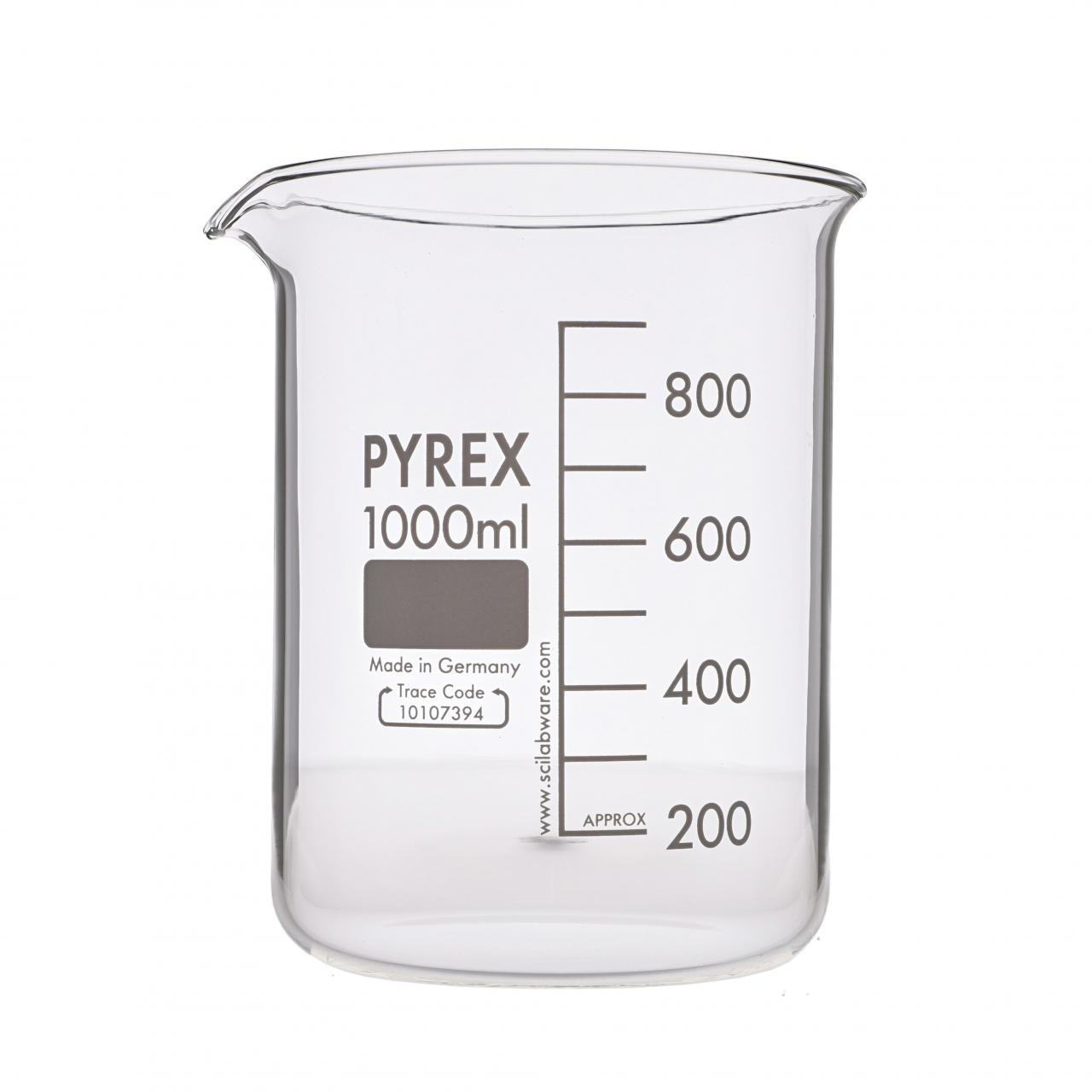
Beaker meaning – Delving into the world of laboratory glassware, the beaker stands as a versatile and indispensable tool. Its unique design and diverse applications make it a cornerstone of scientific experiments, offering researchers a reliable vessel for mixing, measuring, and heating various substances.
From its inception to its modern iterations, the beaker has evolved to meet the demands of scientific inquiry, serving as a testament to the ingenuity and innovation that drive scientific progress.
Beaker Definition: Beaker Meaning
A beaker is a laboratory glassware commonly used to hold and mix liquids. In scientific terms, a beaker is defined as a cylindrical container with a flat bottom and a spout or lip for pouring.
Beaker Characteristics
Beakers are characterized by their cylindrical shape with a wide opening and a flat base. They are typically made of borosilicate glass, which is resistant to heat and chemicals. Beakers come in various sizes, with capacities ranging from a few milliliters to several liters.
Beaker Uses

Beakers are primarily used in laboratories for a wide range of applications. They are commonly used for:
- Mixing and stirring liquids
- Measuring and transferring liquids
- Heating and cooling liquids
- Holding samples for analysis
Beaker Advantages and Disadvantages
Advantages:, Beaker meaning
- Transparency: Beakers are made of transparent glass, allowing for easy observation of the contents.
- Versatility: Beakers can be used for various purposes, including mixing, measuring, heating, and cooling.
- Durability: Borosilicate glass beakers are highly resistant to heat and chemicals, making them durable for laboratory use.
Disadvantages:
- Accuracy: Beakers are not calibrated for precise measurements, making them unsuitable for quantitative analysis.
- Spillage: The wide opening of beakers can lead to spillage if not handled carefully.
- Fragility: Beakers can be easily broken if not handled with care.
Beaker Variations
There are different types of beakers designed for specific applications:
- Griffin beaker: A classic beaker with a wide opening and a spout.
- Berzelius beaker: A tall, narrow beaker with a spout.
- Florence beaker: A flat-bottomed beaker with a short neck.
- Erlenmeyer flask: A conical-shaped beaker with a narrow neck.
Beaker Handling and Safety
Beaker handling requires proper techniques and safety precautions:
- Hold beakers securely by the rim.
- Never fill beakers to the brim.
- Heat beakers gradually and evenly.
- Use heat-resistant gloves when handling hot beakers.
- Clean and store beakers properly to prevent contamination and breakage.
Closing Summary

In conclusion, the beaker, with its distinct shape and versatile applications, remains a fundamental tool in scientific laboratories. Its ability to withstand heat, hold precise volumes, and facilitate various reactions makes it an indispensable companion for researchers across diverse scientific fields.
As scientific advancements continue to unfold, the beaker will undoubtedly retain its place as a cornerstone of laboratory practices, enabling groundbreaking discoveries and shaping the future of scientific exploration.
Key Questions Answered
What is the primary purpose of a beaker?
Beakers are primarily used for mixing, measuring, and heating liquids in laboratory settings.
What are the common materials used to make beakers?
Beakers are typically made of glass, plastic, or metal, depending on the specific application and required temperature resistance.
What is the difference between a beaker and a flask?
Beakers have a cylindrical shape with a flat bottom, while flasks have a round or conical bottom and a narrower neck.





